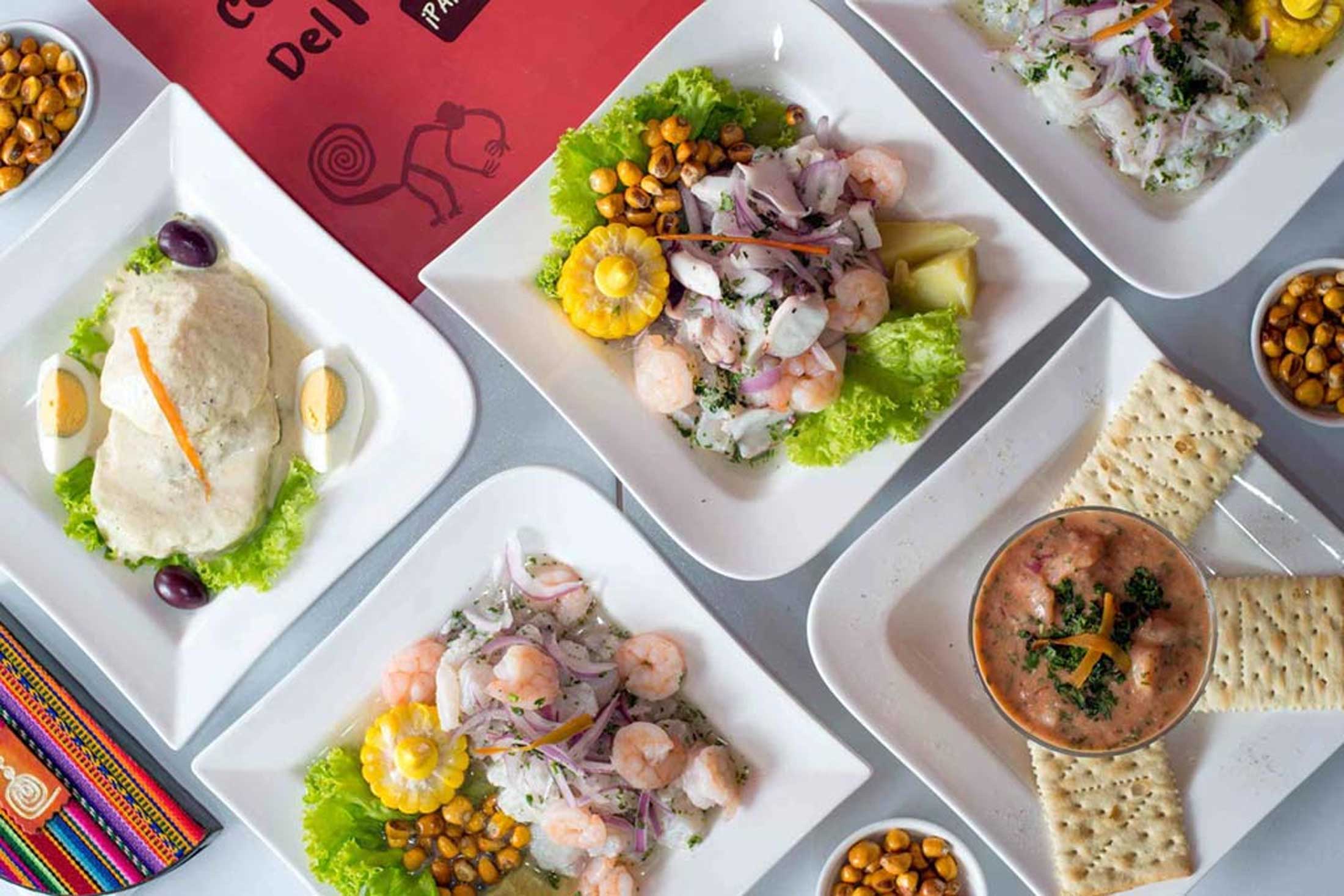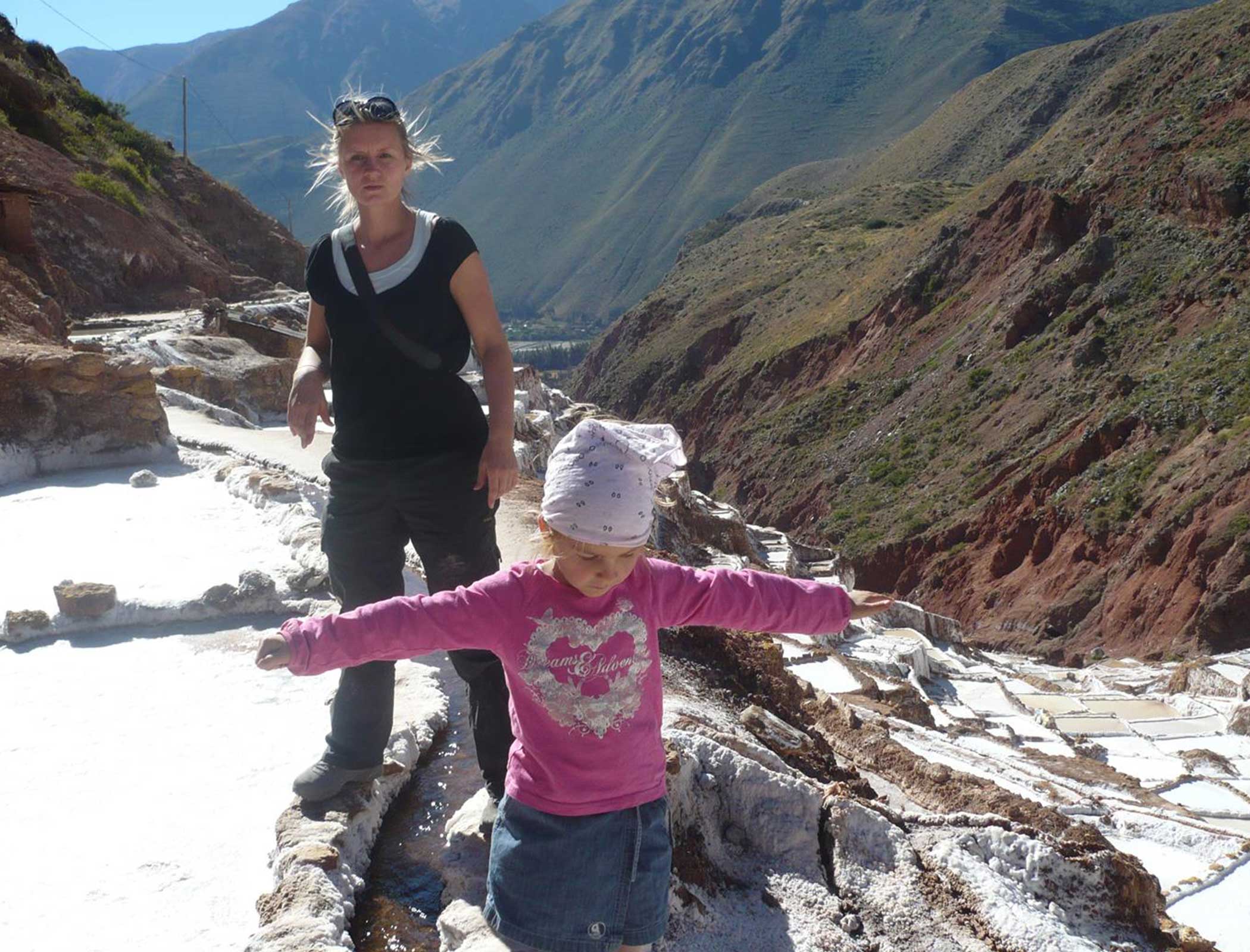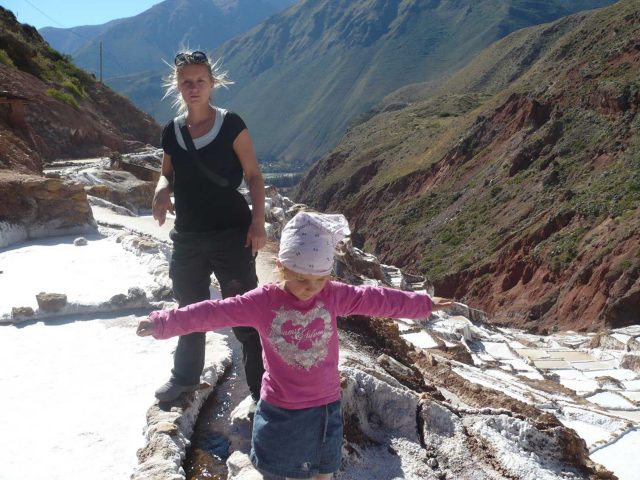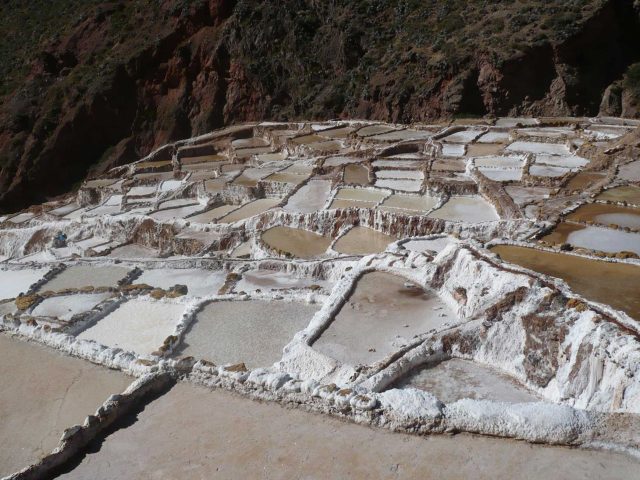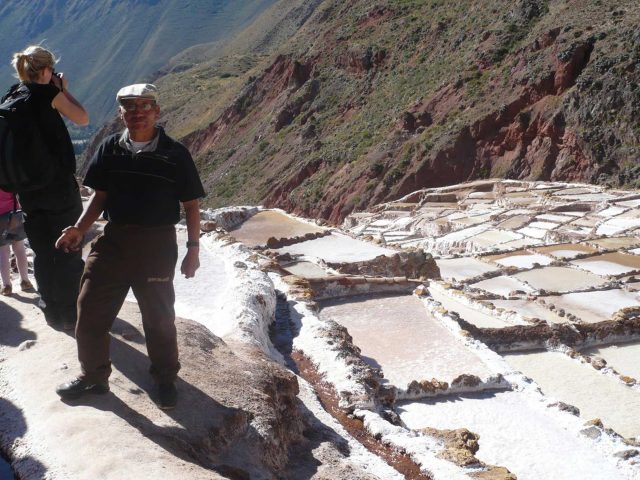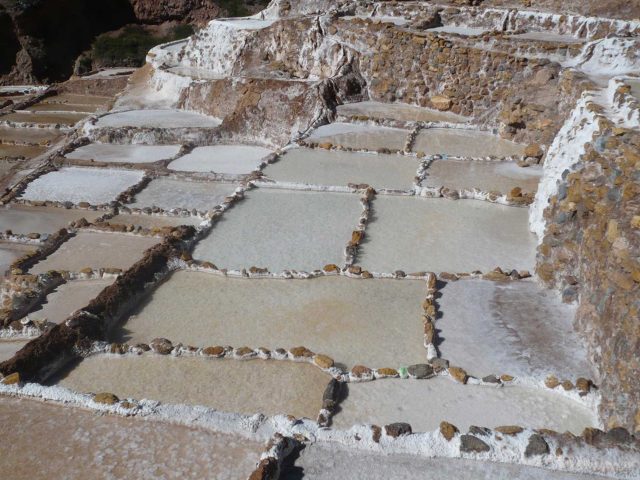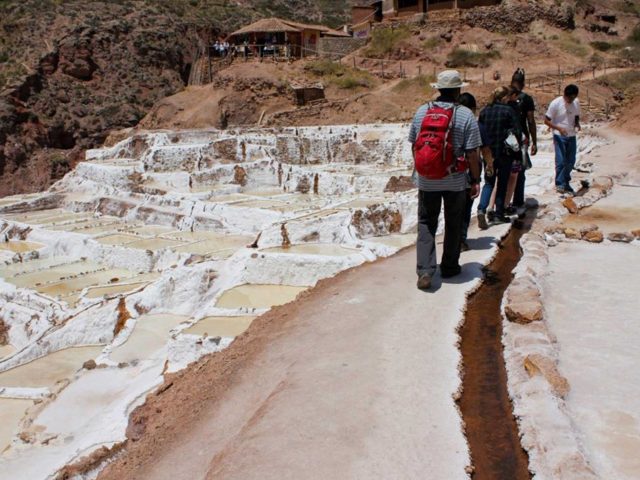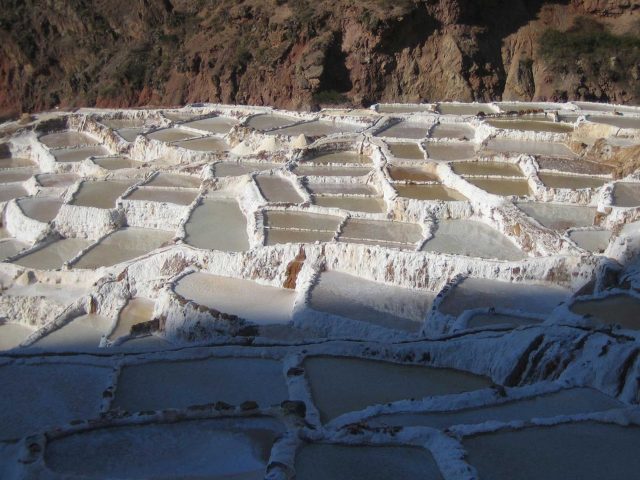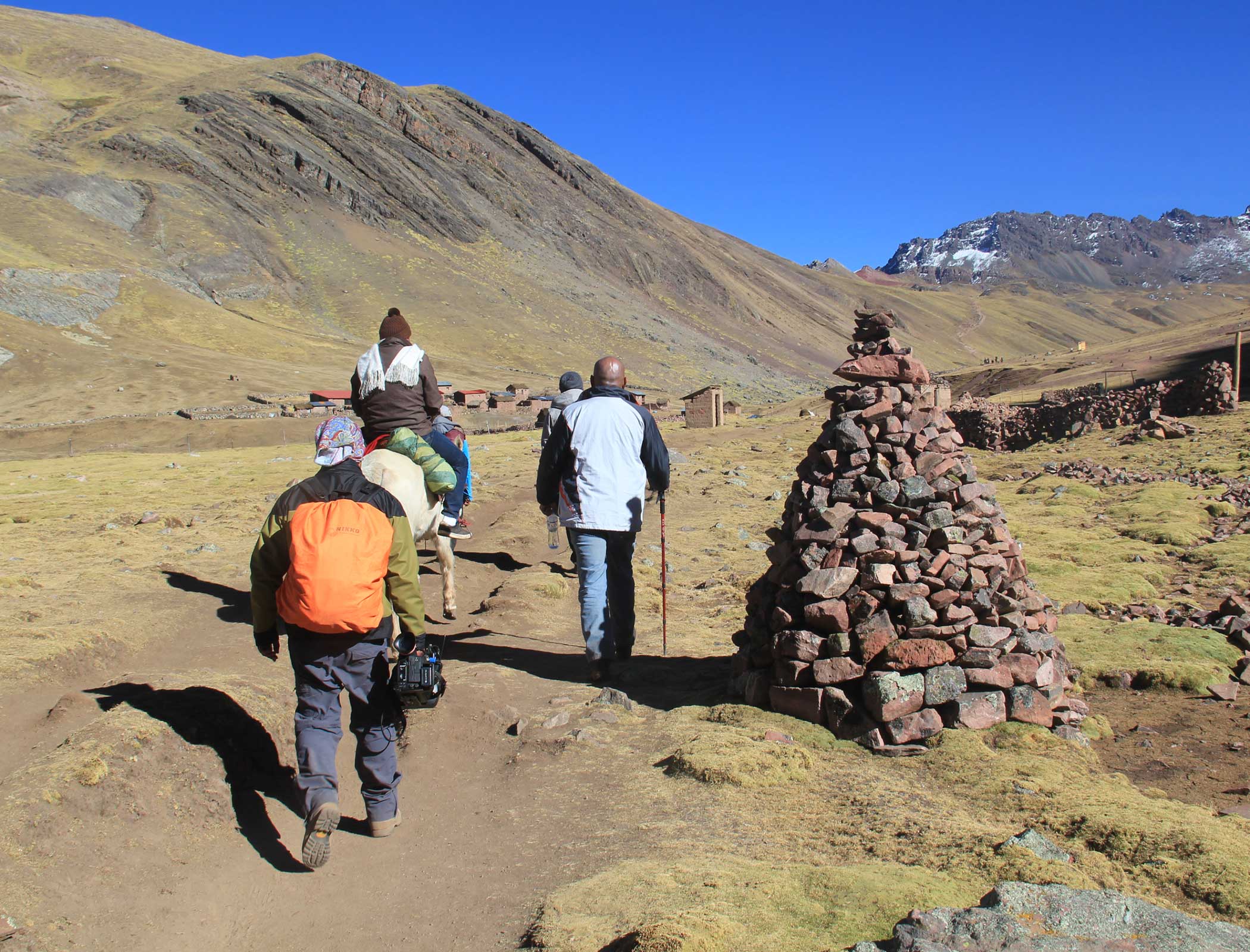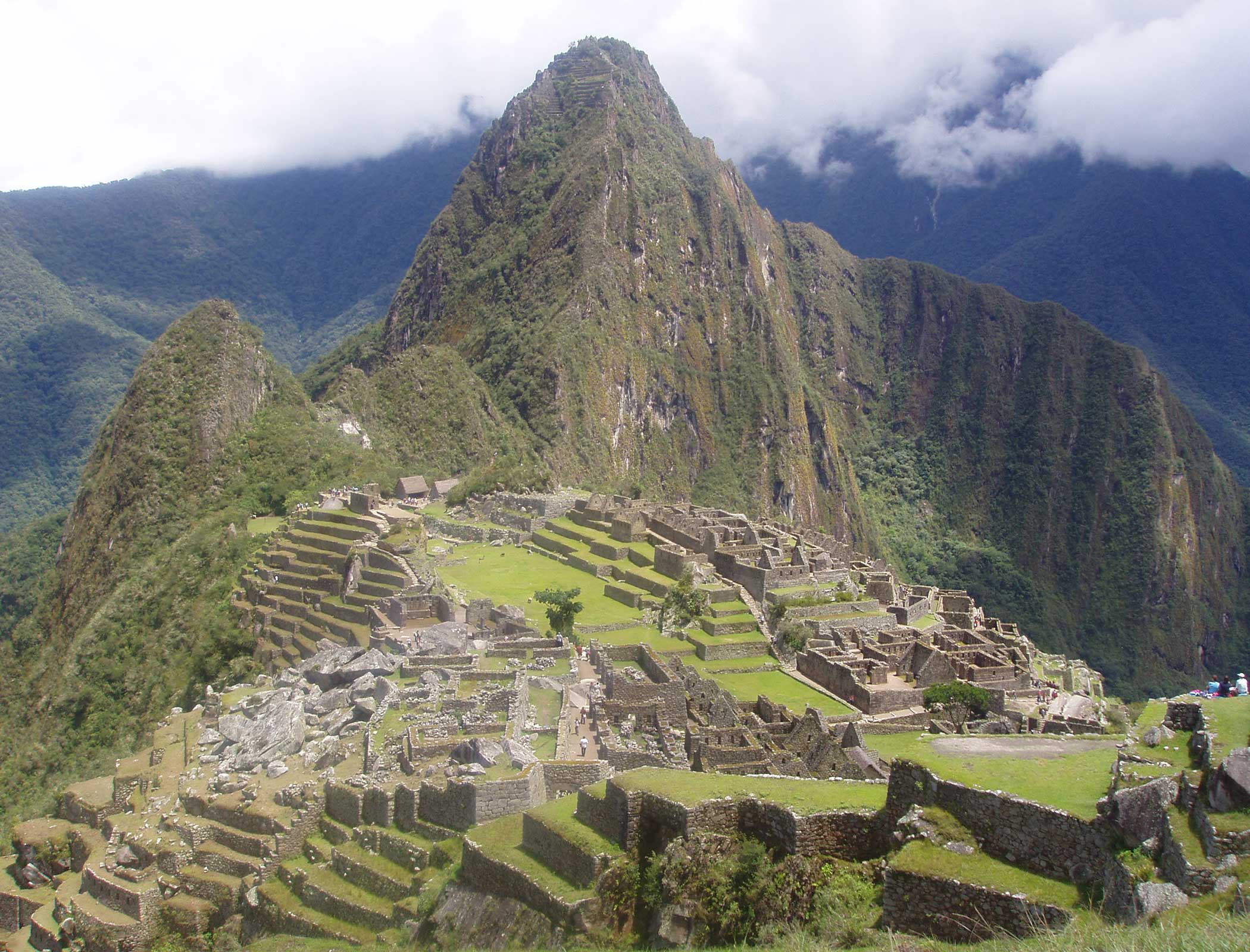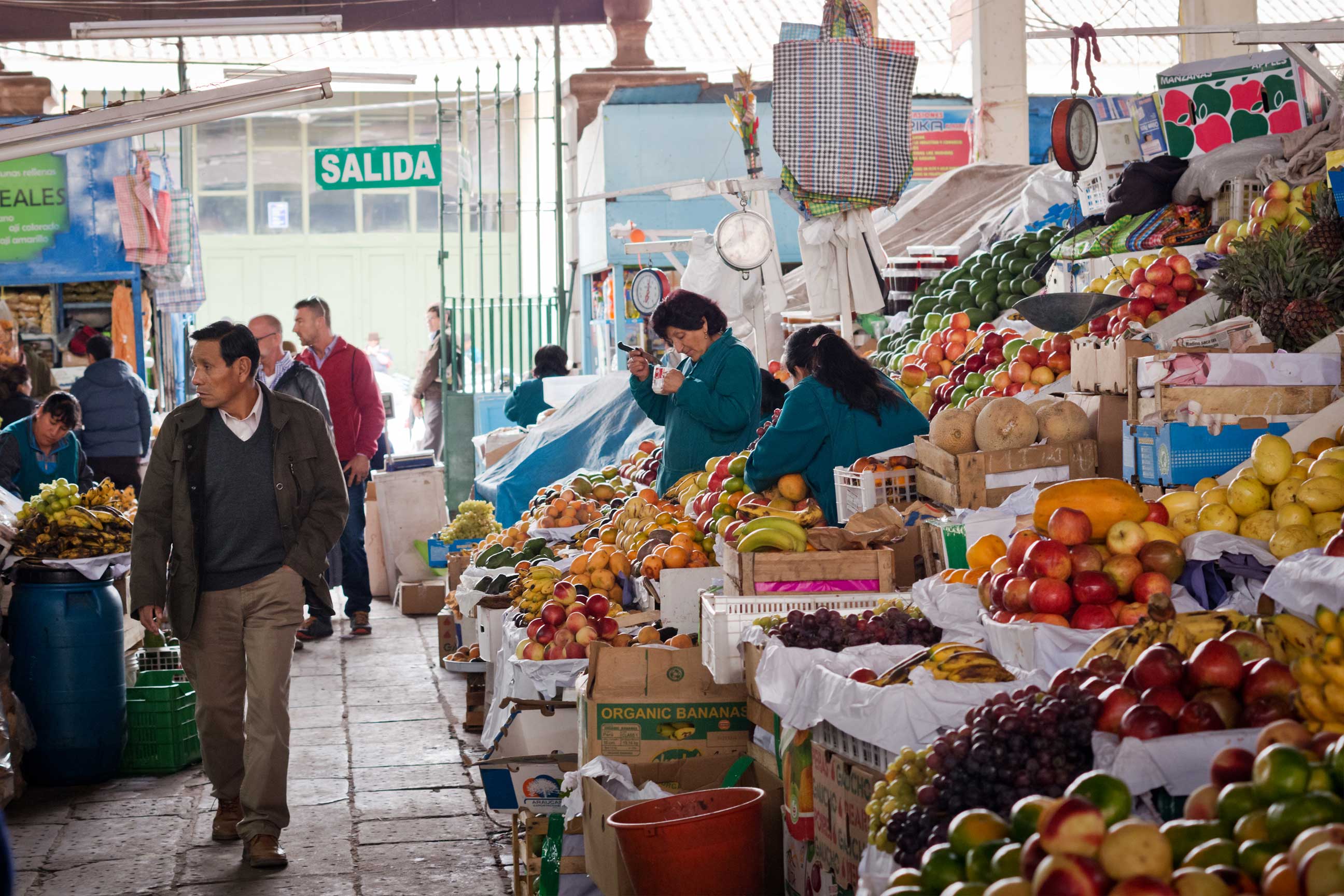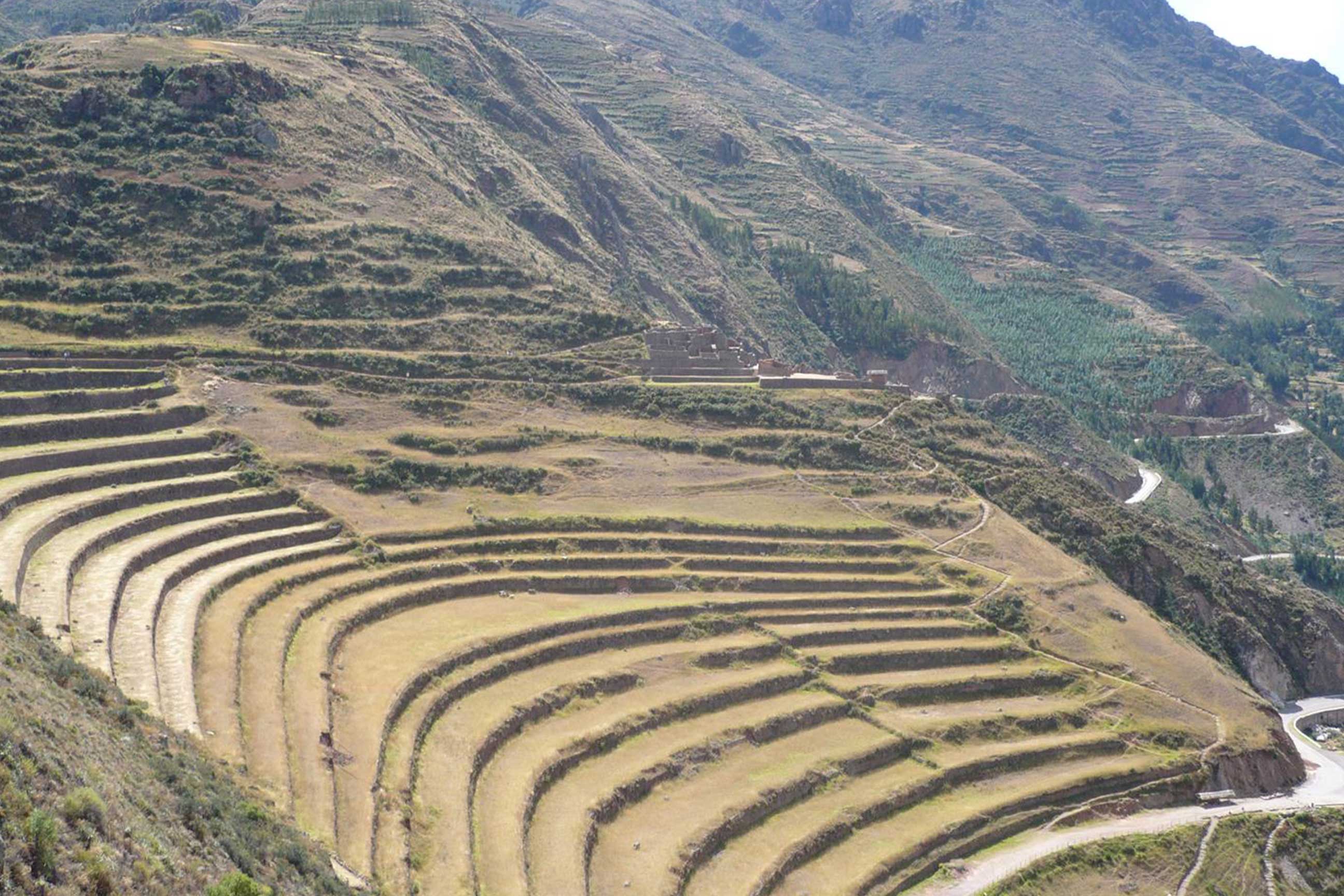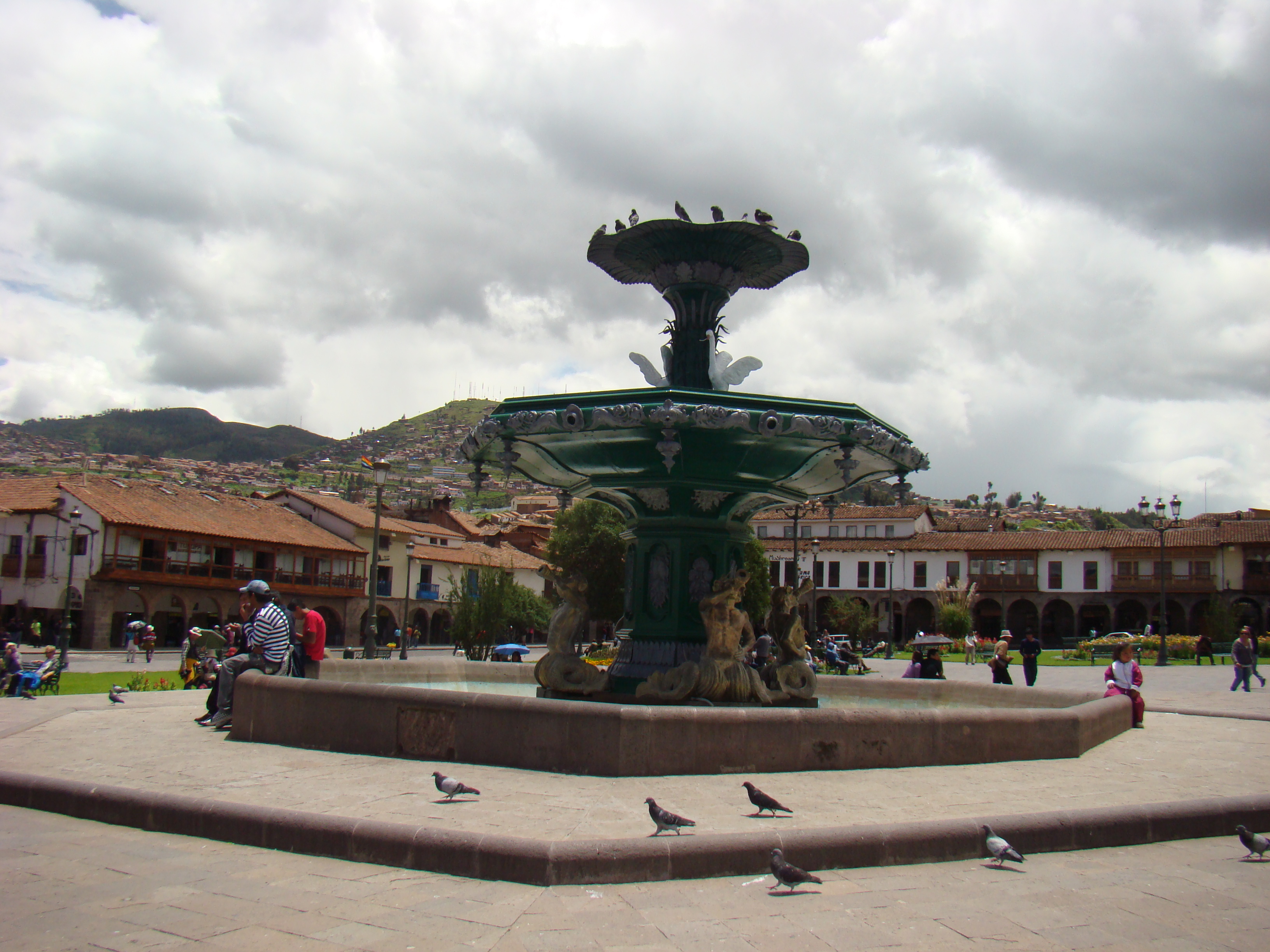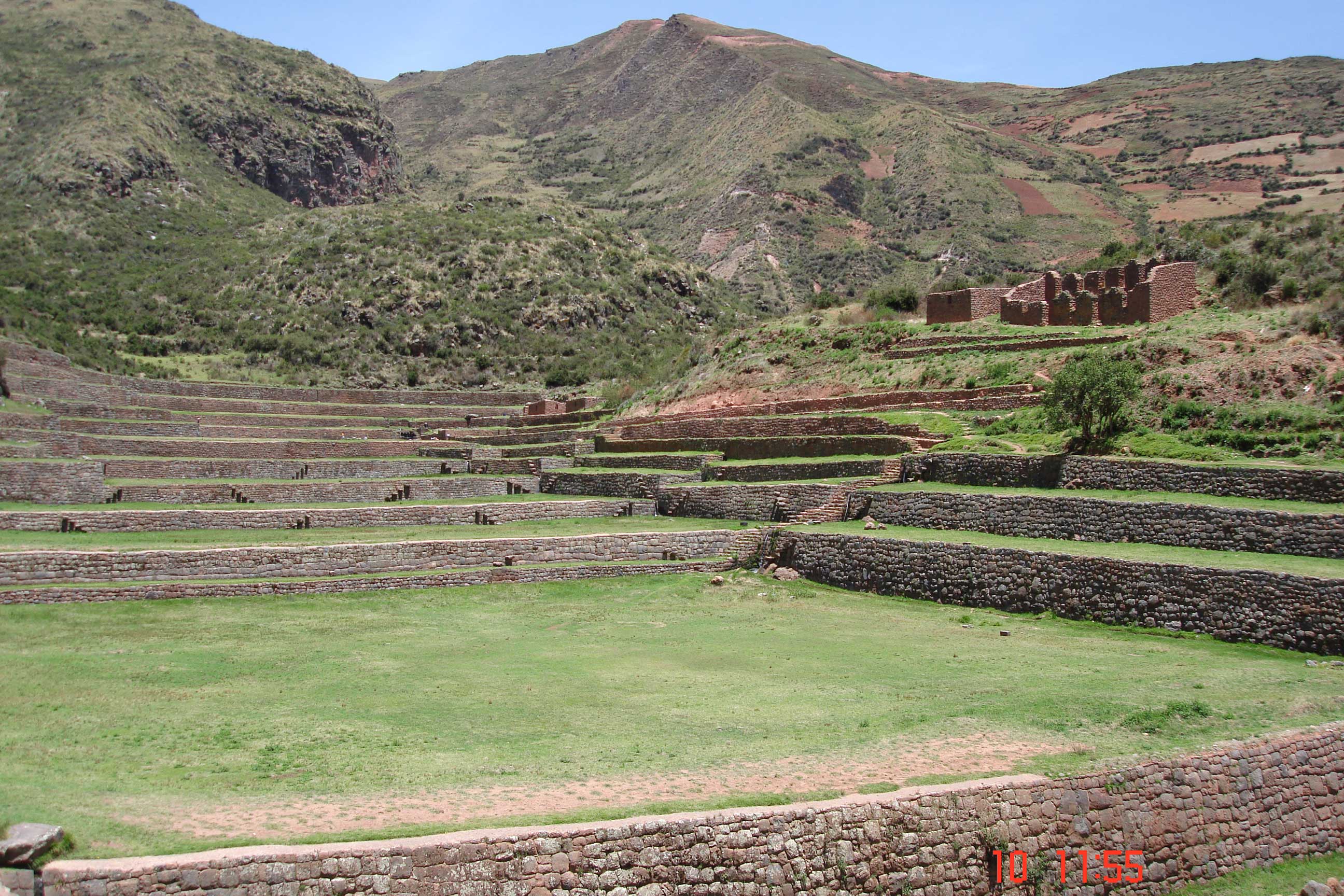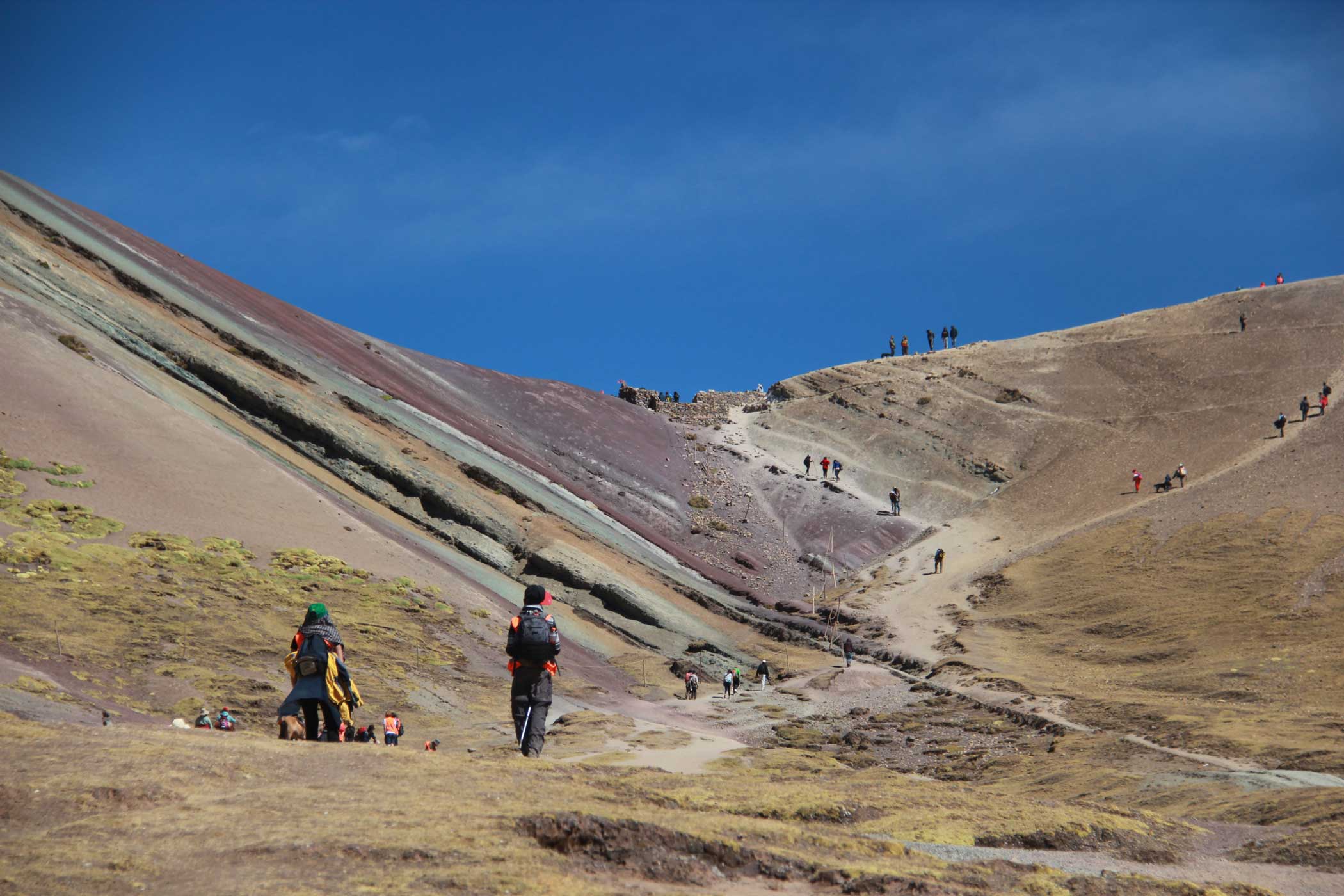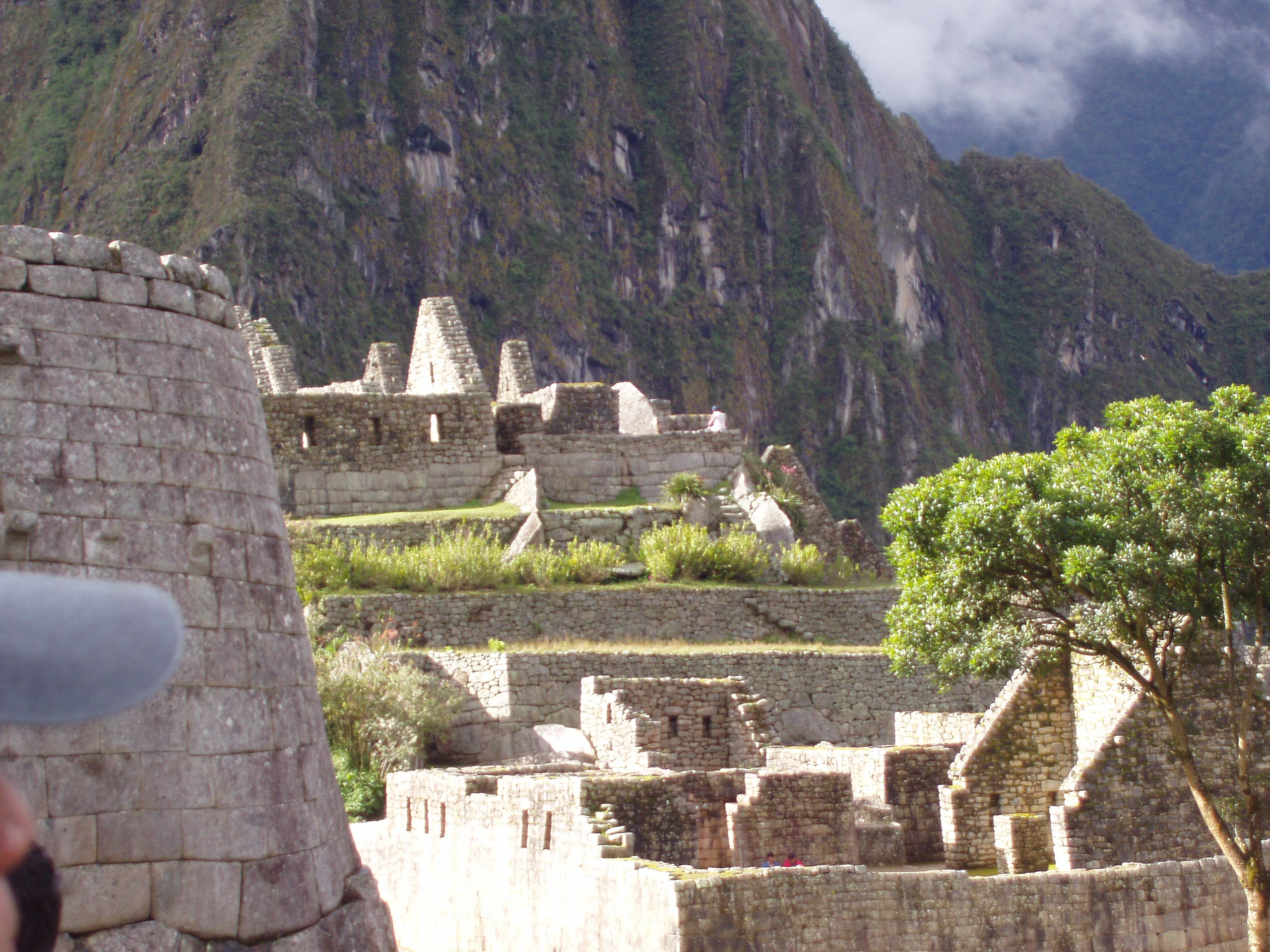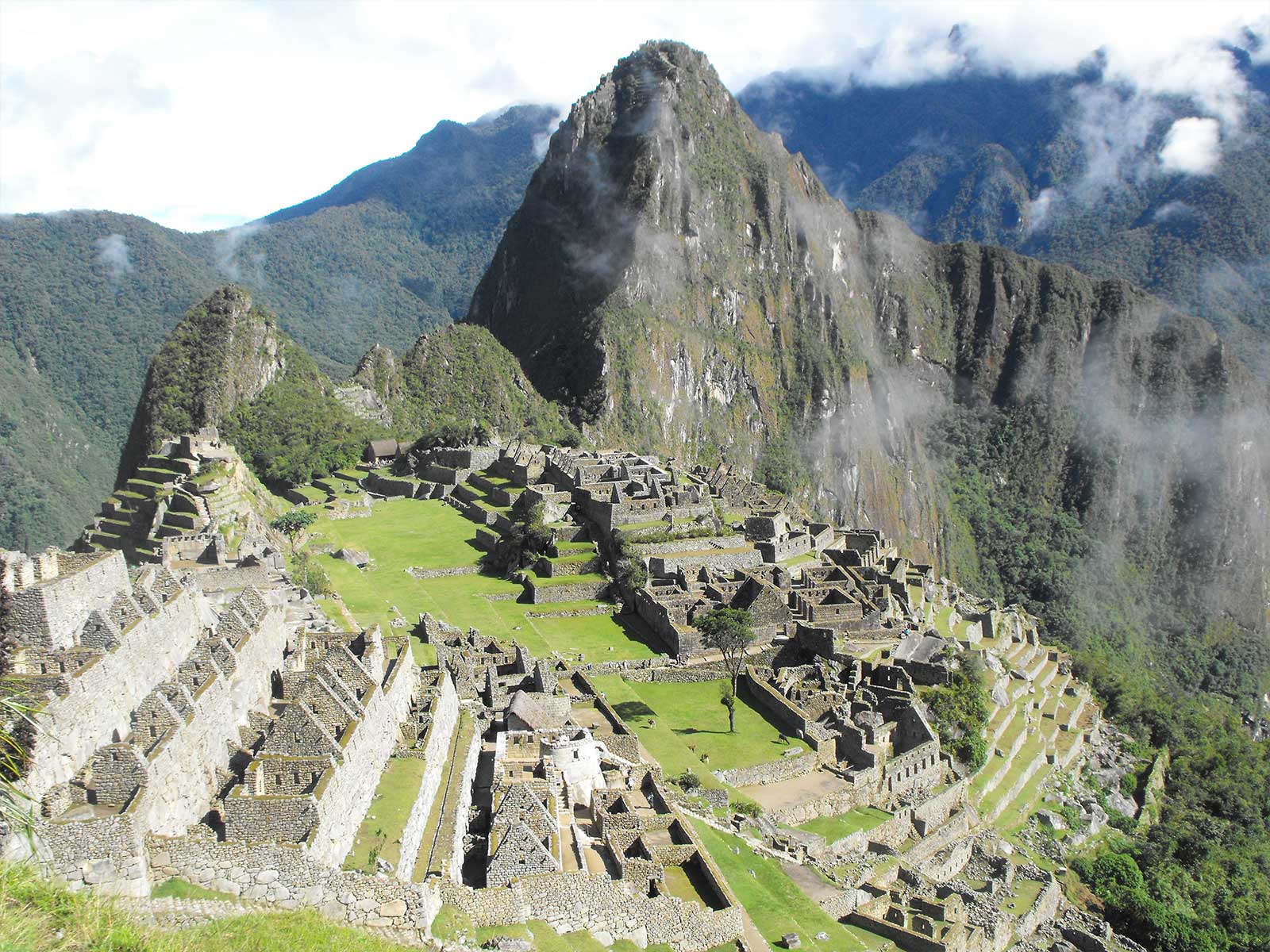If you choose Cusco as a destination to spend a few days on your trip to Peru you have to keep in mind that you will not only find one of the 7 Wonders of the World but also a very varied range of gastronomic proposals.
As a result of the popularity of this destination as a base point between Machu Picchu and Lake Titicaca, Cusco has been filled with businesses and restaurants of all kinds and for all tastes; from traditional Andean food with nouvelle cuisine fusion, to veggie alternatives.
After going for a lovely trekking session through the Cusco countryside, here are eight unmissable options to enjoy the best food in Cusco.
MAP Café
This restaurant stands out among its peers for its unique architecture. It is literally a glass cube located in the courtyard of the Pre-Columbian Art Museum. Sitting there you can appreciate the majesty of the ancient walls of the museum accompanied by the clear blue sky of the mountains.
But it does not stop there, MAP Café not only has an incredible infrastructure but also very interesting food. The gastronomic proposal of this place is the reinvention of Lima and Andean food. Among its outstanding dishes are the mushroom Capchi and its red and black quinoa cannelloni. facebook.com/MAPCafe/
Le Soleil
Located inside the hotel La Lune, this restaurant offers the best of French food in the heart of the Cusco capital. It is recognized as one of the best places to eat in the city and its specialty is confit de canard (or duck confit) and crème brûlée.
facebook.com/LeSoleilCusco/
Le Soleil, Creme Broulee, Restaurants Cusco, where to eat in Cusco
Cicciolina
Locals and outsiders know it as the best tapas bar in all of Cusco. It is located a few blocks from the Plaza de Armas and has a relaxing atmosphere, perfect to spend the evening chatting with friends.
The essence of their food lies in the ingredients; they make sure to use fresh vegetables from the Sacred Valley. They also have a distinguished dessert menu such as strawberries flambéed with pisco or mango millefeuille with kion (ginger) cream. Their most requested tapas are duck prosciutto and scallops (shells) in sesame and honey sauce. facebook.com/Cicciolina-restaurant/
Limo
As no top Peruvian restaurant can be without the fusion Japanese-Peruvian cuisine (or Nikkei), we introduce you to Limo. Its name honors the Limo chili bell pepper, the protagonist of Peruvian cuisine. Located on the second floor of a colonial mansion, this restaurant has the best view of the majestic Plaza de Armas of Cusco.
Its dishes include tiraditos, ceviches and its famous sushi bar. It is worth mentioning that Limo has a wide and very fine selection of Piscos, which makes it the ideal place to try the country’s flagship liquor. facebook.com/limocusco/
Pachapapa
If your purpose in Cusco is to try authentic traditional Andean food, Pachapapa will fit you like a glove. Its food is characterized by having the authentic and unbeatable taste of the high Andeans, which is due to the fact that in this place the original cooking methods are religiously respected.
In Pachapapa you eat outdoors, in the picturesque neighborhood of San Blas, sitting at little tables made of old wood and accompanied by a giant clay oven that keeps you warm at any time of the day. Their specialty is baked guinea pig with huacatay and aji Panca chili and alpaca anticuchos. facebook.com/PachapapaRestaurante/
Chicha
To speak of Gaston Acurio in Peru is to speak of a celebrity who united Peruvians around a common passion: their food. In addition to owning a restaurant empire in Lima (Astrid & Gaston, Tanta, Panchita…) and several world capitals, in Arequipa and Cusco he opened his restaurant that bets on all the flavor and intensity of Andean cuisine: Chicha.
Located in the beautiful Plaza Regocijo, Chicha offers Peruvian dishes such as anticuchos (beef heart sliced and seasoned), chupes such as Chupe 5 flavors, a hearty Andean soup with quinoa, olluco, pumpkin, curry and coconut milk, or a vegetarian version of stuffed rocoto. For dessert you can try the well-known Andean ice cheese. facebook.com/ChichaCusco/
La Morena Peruvian Kitchen
This beautiful and luminous restaurant is another of the necessary if we want to make a gastronomic route in Cusco. Its bet -like most of the new restaurants in the city- is for a reinvention of Andean and Peruvian food looking for new flavors. It also adds some ingredients from the Amazonian cuisine, so scarce in the national gastronomy.
Classic dishes such as tacu tacu or lomo saltado stand out, although they also offer a good selection of hamburgers such as ‘La Bestia’ (although there are also vegetarian ones). To close the dinner, you can order a portion of churros with chocolate and a good local coffee. facebook.com/Morena-Peruvian-Kitchen/
Incanto
Within the walls of what was once the palace of Inca Capac Yupanqui, you will find Incanto, a place where Italian food blends perfectly with the best of Peru’s ingredients. Many Italian tourists are surprised to eat in this place, it is true Italian cuisine in the middle of the Andes mountains.
Among its fusion dishes are the ravioli stuffed with aji de gallina, one of its signature dishes. An interesting fact about this place is that it has its own vegetable garden! It is with these homegrown ingredients that they prepare their famous aioli and pesto sauces. facebook.com/incantocusco/
Green Point (vegan)
This is the only completely vegan restaurant in Cusco. Diners describe the dishes as “fresh, light and original”, perfect for those who live a life free of animal products.
The restaurant is decorated in harmony with the concept of their food: murals alluding to jungle areas and sounds of nature. Green Point is also concerned about promoting vegan life and environmental care. Prices at this place can vary between S/ 15 and S/ 25. Their specialty is the vegan grill and lentil burgers with mushrooms. facebook.com/GreenPointMyVeganRestaurant/
El Encuentro (vegetarian)
Unlike Green Point, at El Encuentro, you get food prepared with animal derivatives (egg, cheese, milk). It has several locations around Cusco and is the perfect alternative when you want a good vegetarian dish but don’t know where to get it.
The menu costs S/6.00 and includes access to an open salad bar and wheat bread. The “El Encuentro” places are famous for having a cozy but restless atmosphere, where you have the opportunity to eat homemade dishes as well as the possibility to talk to the people who have lunch there. facebook.com/elencuentrocusco/
Although it is difficult to find a good vegan or vegetarian restaurant in Cusco, many of the restaurants mentioned offer menus adapted to this type of food. For example, Le Soleil, La Morena, or MAP Café offer a menu made exclusively with local vegetables.

